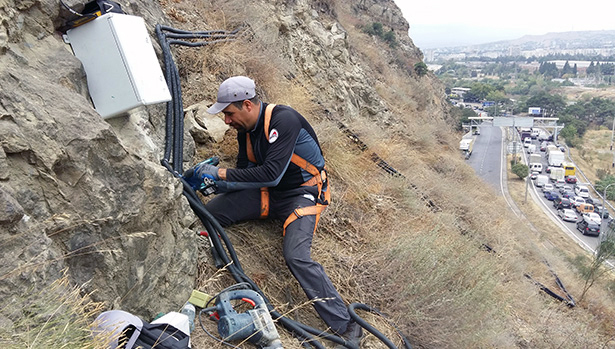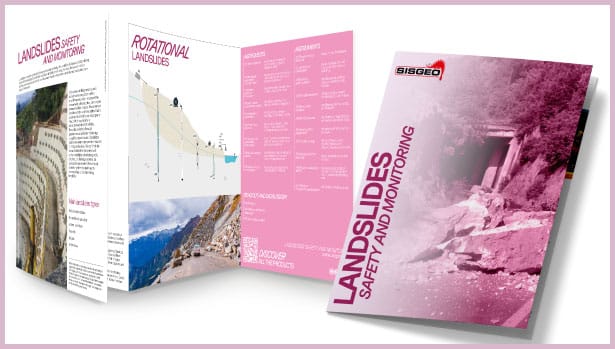What is landslide monitoring?
Landslide monitoring refers to the active process of tracking slope stability and detecting potential landslides. This approach utilizes advanced techniques and slope monitoring instruments to observe the behavior of slopes and recognize early signs of instability. For example, engineers install sensors such as inclinometers, piezometers, and tiltmeters to measure movement, deformation, and water pressure within a slope. These tools provide real-time data, enabling experts to identify changes or trends that signal increased landslide risks.
The data gathered through geotechnical landslide and landslip monitoring is essential for assessing risks and implementing mitigation strategies. These strategies include slope stabilization techniques like installing retaining walls, anchors, or drainage systems. Moreover, early warning systems can be developed to alert communities in the vicinity, offering critical time to respond to potential landslide events.

Which are the challenges in landslide monitoring?
Monitoring landslides presents specific challenges, as it requires the continuous measurement of various parameters to predict slope instability and mitigate landslip risks effectively. Key parameters include:
- Slope Movement: Monitoring the magnitude and direction of slope movements is vital. Instruments like inclinometers track horizontal displacement within the landslide body and surface displacement.
- Groundwater Pressure: Variations in groundwater pressure significantly impact slope stability. Piezometers are used to monitor water pressure inside the slope.
- Temperature: Changes in temperature, particularly during freeze-thaw cycles, influence the strength of slope materials. Temperature sensors and strings are used to measure these variations.
- Deformation: Visible deformations such as bulges or cracks indicate instability. Wire extensometers and crackmeters measure these changes accurately.
- Rainfall: Intense rainfall raises pore pressure within slopes, increasing landslide risks. Rain gauges help track precipitation levels (not supplied by Sisgeo)
- Seismic Activity: Seismic events can act as triggers for landslides, especially in regions with steep or unstable slopes. Seismometers are essential for monitoring seismic activity (not supplied by Sisgeo)
By actively tracking these parameters, engineers and geologists can address potential hazards proactively. This comprehensive approach ensures the timely implementation of measures to reduce landslide risks, safeguard communities, and maintain slope stability.










